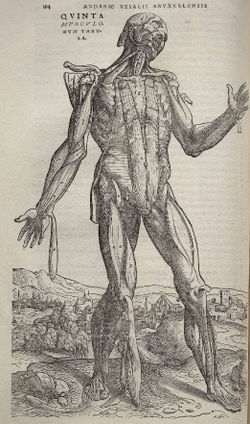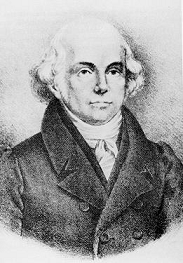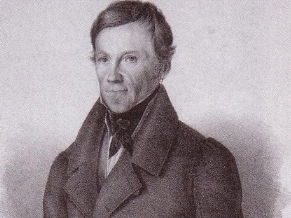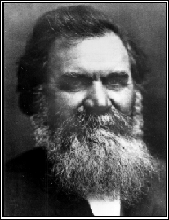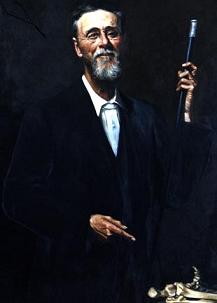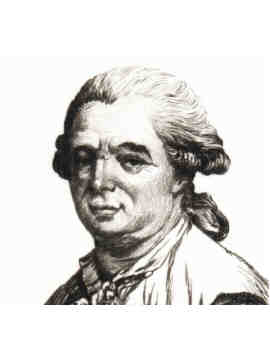1) Each of these is a list of dates on which either the same thing happened, or something analogous happened. If the event took more than one year, I list the termination date. What is the common factor for each list of dates? Who did each?
Example: 1526, 1556, 1761 Answer: The battles of Panipat, won respectively by Babur, Akbar, and Ahmad Shah.
a. 1204, 1261 and 1453
The Fall of Constantinople, first to the 4th Crusade, then the Empire of Nicaea under Michael VIII Palaeologus, then the Ottoman Turks under Mohammed II, the Conqueror.
b. 1522, 1924, 1929, 1960, 1961, and 1999
First (manned) circumnavigations of various types:
1522: The Victoria arrives in Spain, the first ship to sail around the world, under Magellans successor Juan Sebastián Elcano. (Note: the first person to circumnavigate the world was Magellans interpreter, Henry the Black, who completed it in 1521, but on more than one voyage)
1924: First circumnavigation by plane, by the Chicago under Lt. Lowell H. Smith and Leslie Arnold, and the New Orleans under Lt. Erik Nelson and Lt. Jack Harding. This flight took 175 days.
1929: First circumnavigation by an airship, the Graf Zeppelin, commanded by Hugo Eckener. This flight took 21 days. Zeppelins had their advantages.
1960: First underwater circumnavigation, by the USS Triton, Edward L. Beach commanding.
1961: First circumnavigation by manned spacecraft, and first circumnavigation in space. Id accept two answers here. Vostok 1 under Yuri Gagarin reentered before completing a full orbit, and a friend of mine says he landed a bit short of where he took off. If so, Vostok 2 with Gherman Titov was the first spacecraft to circumnavigate the globe in space. Either answer is okay.
1999: First circumnavigation by balloon, the Breitling Orbiter 3, with Bertrand Piccard and Brian Jones.
c. 1961, 1969, 2002 and 2005 (This question is related to b)
First non-stop solo circumnavigations of various types
1961: First solo non-stop circumnavigation in space and by spacecraft, same as (b)
1969: First solo non-stop circumnavigation by ship, by Robert Knox-Johnson on the sloop Suhaili.
2002: First solo non-stop circumnavigation by balloon, by Steve Fossett, in the Spirit of Freedom.
2005: First solo non-stop circumnavigation by airplane, also by Steve Fossett, this time in the Global Flyer.
d. 221 BC, 202 BC, 280, 589, 1279. Why is 960 not on this list?
China is united, in 221 BC by the Qin, 202 BC by the Han, 280 by the Jin, 589 by the Sui, and 1279 by the Yuan (Mongols). 960 is not on the list because the Song never got the three northern prefectures from the Jurchen, hence shared the empire with the Liao.
e. 1781, 1846, 1930, 2003
The discovery of new planets in the solar system. 1781: Uranus by William Herschel. 1846: Neptune by Johann Gottfried Galle with the assistance of Heinrich dArrest, using directions from Urbain Le Verrier. (John Couch Adams had also calculated the position, but it was Le Verriers that led to the discovery.) 1930: Pluto by Clyde Tombaugh. 2003: Xena (UB313) by Michael Brown, Chad Trujillo and David Rabinowitz.
Three points for identifying the common threads in each, 1 for identifying who did it at each date. 2 for the extra question in part d. 39 total.
2) Who/what is/are:
a. Muezzin
The Muslim cleric who calls the faithful to prayer.
b. Muezza
Muhammeds beloved cat. Once Muezza fell asleep on Muhammeds robe. Rather than wake the cat, Muhammed cut off the sleeve the cat was sleeping on. According to another legend, Muezza once saved Muhammeds life by luring out a snake thaf was hidden in his robe and killing it. Muhammed often led prayers while holding Muezza. After death, Muezza went to the Muslim heaven.
c.
Tunica molesta
A shirt soaked with a flammable substance and set afire with the person still in. One of Neros favorite hobbies.
Two points each.
3) According to legend, the priests of a certain temple were granted a boon, that when they died, their souls would be channeled into a cat, and when the cat died, the souls would achieve Paradise.
a. What is the name of this monastery?
The temple of Lao-Tsun on the slopes of Mount Lugh, dedicated to the sapphire-eyed goddess Tsun-Kyan-Kse.
b. In what country is it located?
Myanmar (Burma)
c. What breed of cat was it?
The Birman, or the Sacred Cat of Burma. Not to be confused with the Burmese, which is a different breed.
d. What is the most distinctive feature of these cats?
The Birman has a cream-colored coat with dark face and extremities, a lot like a Himalayan. Their most distinctive feature are their snow-white paws. They also have sapphire-blue eyes, but other breeds like the Siamese have the same color eyes. It was the paws that I thought were so distinctive.
e. According to legend, why do they have this feature?
The high priest Mun-Ha had a favorite cat, Sinh. One day, the temple was raided by Thai bandits. Mun-Ha suffered a heart attack while praying. Sinh placed his paws on the dying priest and he was facing the idol of Tsun-Kyan-Kse. Sinh was transformed with his limbs turning dark except for the paws, which stayed white because they were in touch with the holy man. Sinhs eyes also turned sapphire like the goddesss. The other priests reacted to the miracle by rallying and driving away the raiders. The other cats returned to the temple, their markings all transformed like Sinhs. They then surrounded a young priest named Lioa, who became the new high priest.
Two points each.
4) This is considered one of the seminal works of science, although it is very rarely translated. However, what really made it revolutionary were the illustrations, which have been continuously in print and are instantly recognizable. Thus although the writer is famous and his work not much read, the artist is virtually unknown (and may be anonymous) and his work is famous. Who is the author and what was his book?
De humani corporis fabrica by Andreas Versalius. Sometimes the drawings are attributed to Johannes Stephanus of Calcar, but I dont think this is definite. If you wish to view it, there is a translation project underway at http://vesalius.northwestern.edu. At the moment, theyre only through the book on the skeleton.
Three for author and three for name of book.
5) Who are these people? What do they have in common?
They were all fathers of alternative forms of medicine in the late eighteenth and the nineteenth century, some total quackery, others not.
:
a. Samuel Hahnemann, the father of homeopathy:
b. Vincent Priessnitz, the father of hydropathy and the nature cure:
c. Daniel David Palmer, the father of Chiropractic:
d. Andrew Taylor Still, the father of Osteopathic Medicine:
e. Franz Anton Mesmer, the father of animal magnetism. He's also considered a father of sorts of autosuggestive therapy, an ancestor of psychiatry:
In the clue: Paracelsus originated the use of metal salts in cures, and Wilhelm Reich invented orgone therapy.
Two points for each identification, and three for what they have in common.
__________________

 The earth has a surface area if 510 065 284 square kilometers. Can you imagine how long it will take to find them!?
The earth has a surface area if 510 065 284 square kilometers. Can you imagine how long it will take to find them!?The earth has a surface area if 510 065 284 square kilometers. Can you imagine how long it will take to find them!?

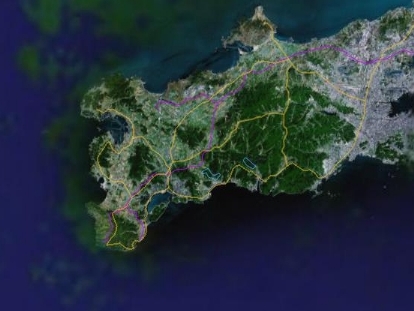

 ! I'm sorry. Please forgive me, I couldn't help it. I hope you don't mind. I checked twice to see if I wasn't right by mistake. Pheeew. That takes a load of my chest
! I'm sorry. Please forgive me, I couldn't help it. I hope you don't mind. I checked twice to see if I wasn't right by mistake. Pheeew. That takes a load of my chest  .
.